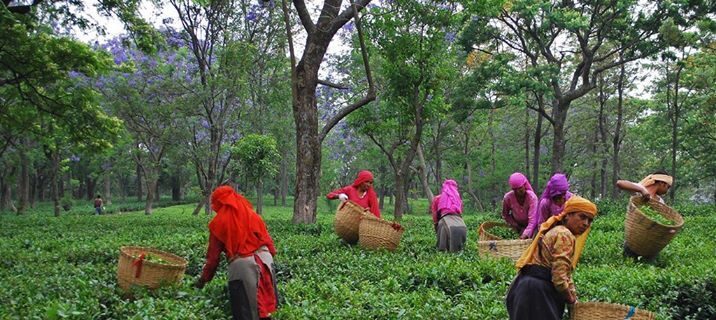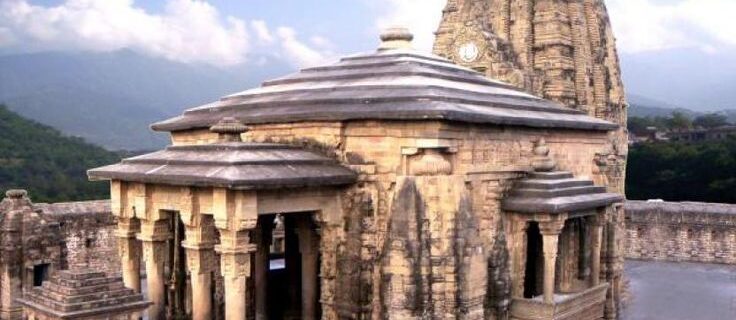Travel Days:
- Duration of Visit: Allocate at least 2-3 days to fully enjoy the natural beauty and tranquility of Palampur, as well as to explore nearby attractions.
Main Attractions in Palampur:
- Tea Gardens: Palampur is famous for its tea gardens, which are among the most beautiful in North India. You can take guided tours to learn about tea processing and enjoy fresh tea tastings.
- Tashi Jong Monastery: This is a small Tibetan monastery known for its beautiful artwork and serene atmosphere. It’s a center for the study and preservation of Tibetan arts and crafts.
- Neugal Khad: A popular picnic spot by a stream, offering panoramic views of the Dhauladhar range and the surrounding pine forests.
- Andretta Pottery Studio and Art Gallery: Visit this quaint village, which is home to the famous Andretta Pottery Studio. You can try your hand at pottery and visit the Norah Richards House for a peek into the artistic heritage of the area.
- Bir Billing: If you’re into adventure sports, consider a day trip to Bir Billing, about an hour away, famous for being one of the best paragliding sites in the world.
Best Time to Visit:
- Spring (March to May): This season offers pleasant weather with temperatures perfect for exploring the outdoors and the lush landscapes post-winter.
- Monsoon (June to September): Palampur receives heavy rainfall, which enhances the beauty of its tea gardens and landscapes, making it extremely scenic, although outdoor activities might be limited due to rain.
- Autumn (October and November): The weather is clear and crisp, ideal for sightseeing and outdoor activities.
Best Food to Have:
- Local Cuisine: Being in Himachal, Palampur offers delicious local Himachali cuisine.
- Madra: A popular local dish made from chickpeas or vegetables cooked in a yogurt-based gravy with a rich blend of spices and nuts.
- Dham: A traditional festive meal prepared during local festivals, consisting of rice, a variety of lentils, and curries, served on leaves.
- Cafes and Restaurants:
- Café Under Tree: A popular spot in Palampur known for its ambiance and good selection of snacks and beverages.
- The Tea Bud, HPTDC: Located in a government-run hotel, this restaurant offers good quality and economically priced meals.
Travel Tips:
- Getting There: Palampur is well connected by road. The nearest airport is at Gaggal, near Dharamshala, about 40 km away. The town also has a railway station connecting it to major cities.
- Clothing: Carry light woolens during spring and autumn, and heavier layers during winter. Don’t forget to carry an umbrella or raincoat if you visit during the monsoon.
- Local Crafts: Explore local markets for Kangra tea, handmade crafts, and traditional Himachali caps.




